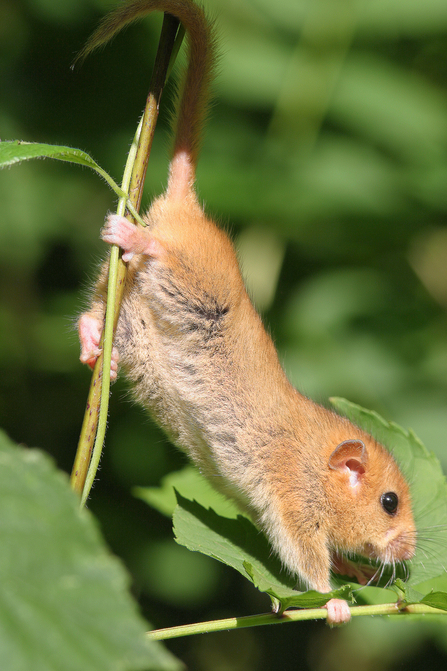I’m Dom and I’ve been the western reserve officer for Worcestershire Wildlife Trust for just over six years now (how did that happen; it seems only yesterday that I came to the Trust to start my traineeship back in 2012). It’s my privilege to manage nature reserves like Monkwood, The Knapp & Papermill and Blackhouse Wood in this beautiful corner of Worcestershire.
I’ve been involved with Green Farm from the very beginning when we walked across the fields in 2019 dreaming about buying it. For this blog, I’d like to take you towards the end of the journey as we look 150 years into the future…
Wandering through Monkwood now is a very different experience to how it was in the past. For starters, it’s now part of the West Midlands National Park – a large area of managed land with wildlife at its heart that stretches from the historic boundaries of the Forest of Dean in Gloucestershire to the Shropshire Hills in the north. Much of Herefordshire is included and as far east as the River Severn in Worcestershire. Monkwood now takes in not just the fabulous woodland the Trust first bought in the 1980s but also much of the surrounding landscape; the nature reserve grew with national park designation.
Boundaries blur as the nature reserve connects seamlessly to a patchwork of sensitively managed farmland, waterways and orchards. After the Trust restored woodland to the land at Green Farm, they set about connecting the waterways, ditches and ponds with the Grimley Brook and beyond to the River Severn. All sorts of wildlife benefitted and thanks to expansive reedbeds planted alongside the river to help with water storage and flood prevention, bitterns returned as a breeding bird to Worcestershire.








